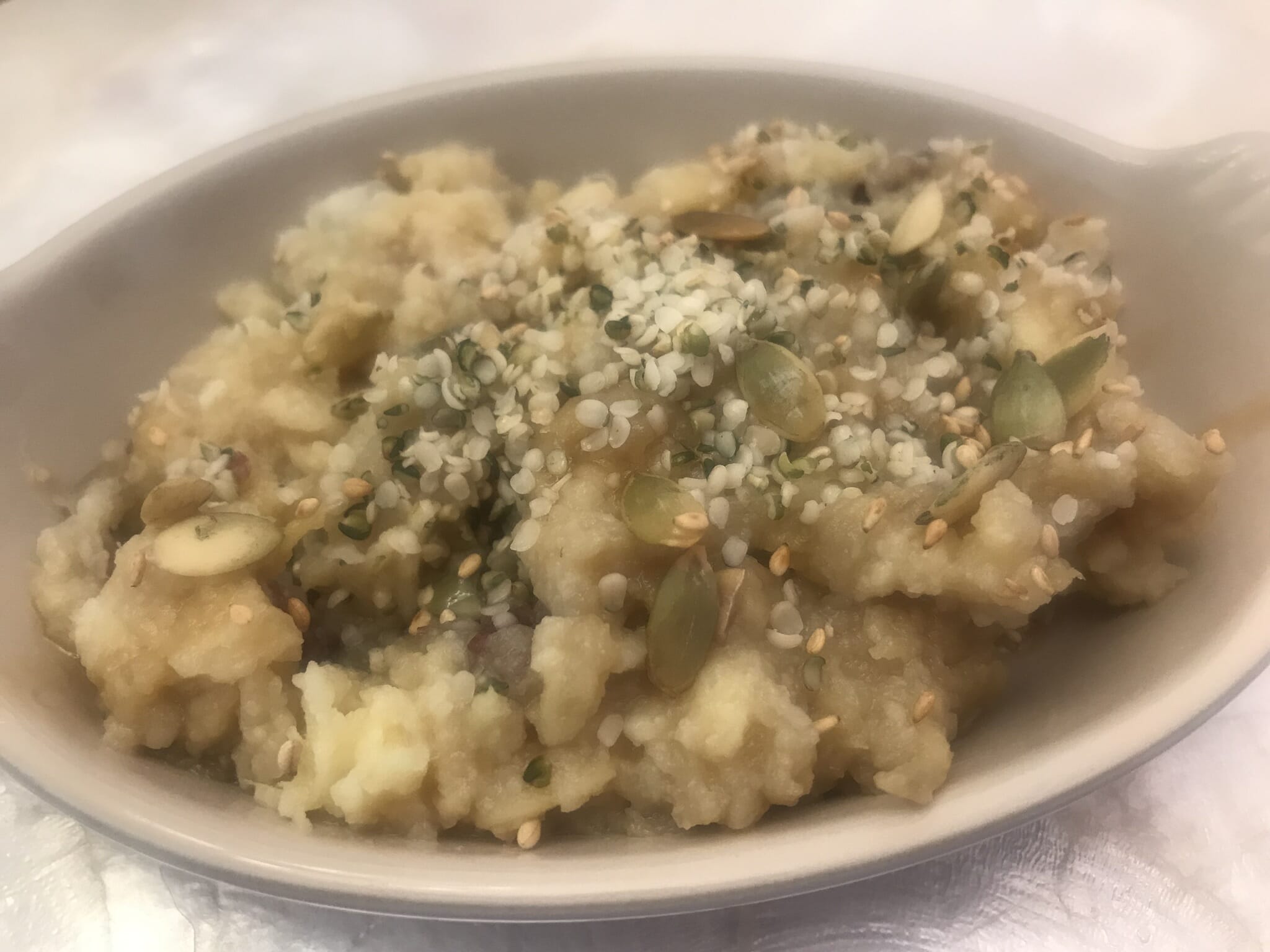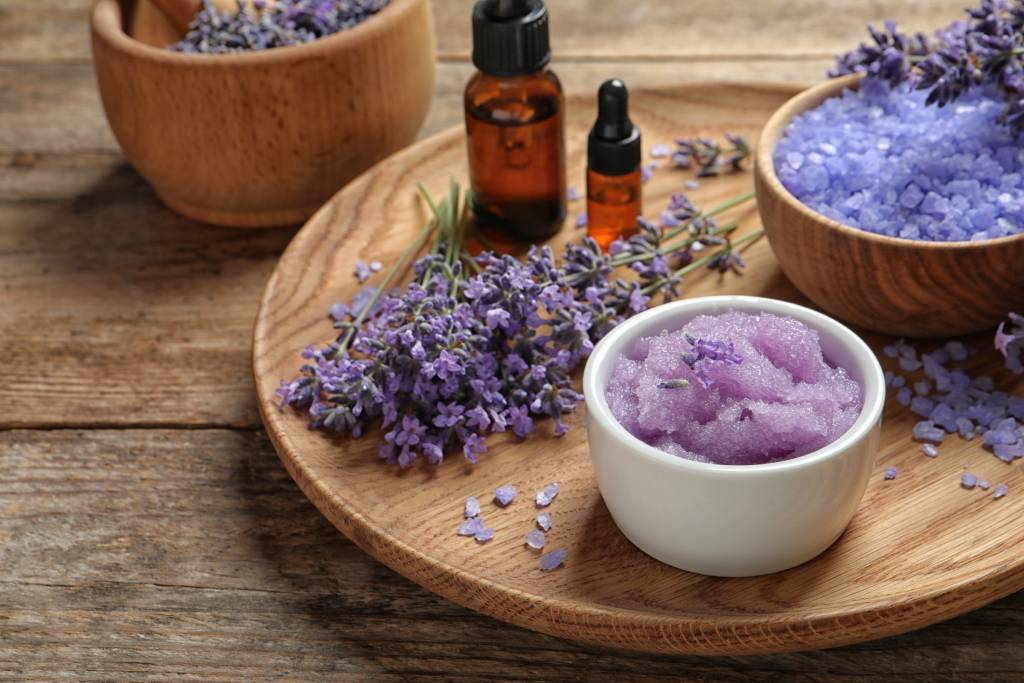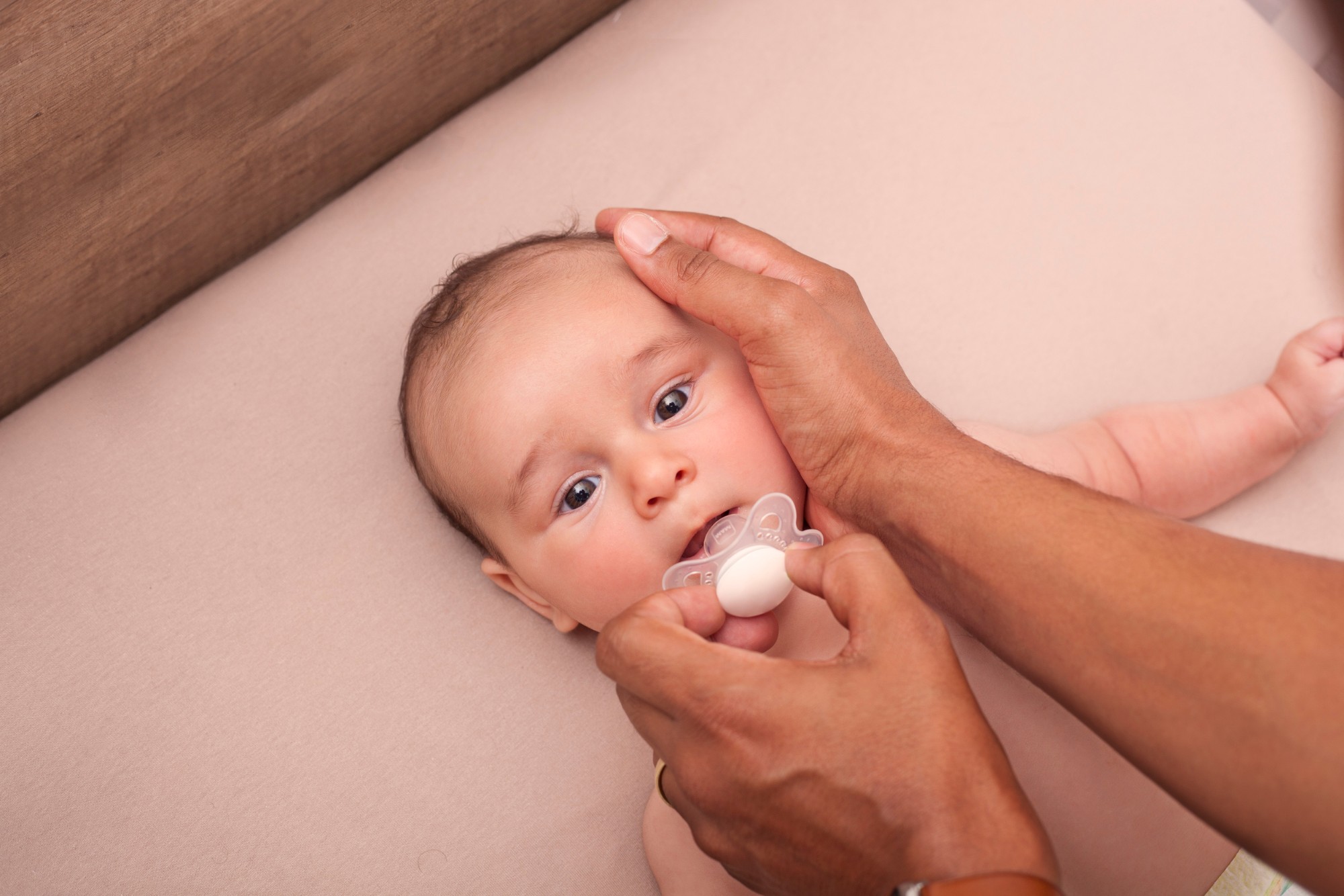
Sweet Potato + Hemp Hearts + Sesame Seeds + Pumpkin Seeds + Cardamom + Ginger + Ghee = YUM!!!
Sweet potatoes, a #superFood spud super magically loaded with:
🍠 Beta carotene, iron, and minerals to increase and improve a #newMum’s #breastmilk!
🍠 Magnesium, #protein, and potassium, lowering blood pressure which is usually higher in postpartum due to retained fluids! This radical root decreases water retention and balances electrolytes!
🍠 This galactagogue helps #newMother with muscle contractions and nerve signals needed when her #postpartumBody is going through uterine involution with lochia; her #uterus still cramping, reducing to prepregnancy size!
🍠 Sweet potatoes have a lower glycemic index than yams and are full of Vitamin A and fiber so they don’t cause blood sugar levels to spike! 👍
Heavenly #hempHearts are high in:
🌱 Arginine; #hemp produces nitric oxide in your body, dilating and relaxing blood vessels (so great for #postpartum), leading to lowered blood pressure and reduced heart disease risk!
🌱 2 essential fatty acids: linoleic acid (omega-6) and alpha-linolenic acid (omega-3), good for heart health!
🌱 Vitamin A, E and minerals phosphorus, potassium, sodium, magnesium, sulfur, calcium, iron, zinc, and B vitamins: niacin, riboflavin, thiamine, vitamin B-6, and folate!
🌱 Gamma-linolenic acid, reducing #inflammation and improving blood circulation for #milkSupply! Much needed for a #motherhood especially when engorged! A #lactogenic food, plus reduces breast tenderness!
🌱 #hempSeeds with shells on are a great source of soluble and insoluble #fiber, improving bowel function, pulling out hormonal & environmental #toxins, improving quality of #milkProduction!
🌱 And they’re a complete source of protein with all 9 essential amino acids + way more protein than flax or chia!
💕 #Sesame seeds, #pumpkin seeds, #ginger, and #cardamom are also #galactagogues helpful for #breastfeeding! 🤱 Hey #newMommy, don’t forget to add #ghee! All these amazing #nutrients will better digest and absorb deeper into your body’s tissues!!
Ingredients
- 2 medium sweet potatoes
- 3 Tablespoons ghee
- 1 teaspoon cardamom
- 1 inch chopped ginger
- 2 Tablespoons hemp hearts
- 1 Tablespoon sesame seeds
- 1 handful pumpkin seeds
Directions
- You may chop and boil the sweet potatoes on the stove for 20 minutes to reduce sugar levels, or just roast them wrapped in foil in the oven for about an hour. If you have an Instant Pot, pop them in on a trivet with a cup of water for 25 minutes under high pressure and then do a 10 minute natural release.
- Add ghee to a small pan and saute the ginger for a few minutes until the aroma delights you. Be careful not to burn and remove from heat.
- Place the sweet potatoes in a food processor for a creamy texture or for a chunkier consistency, mix with a spatula.
- Stir in cardamom, and ginger-infused ghee.
- Sprinkle the hemp, sesame, and pumpkin seeds on top when serving.
- Sweet potatoes are… sweet. If you desire to sweeten further, see below.
Sweeten for your dosha
- Vatas: add honey at end when cooled
- Pittas: maple syrup
- Kaphas: honey, agave, ~2 drops liquid stevia




